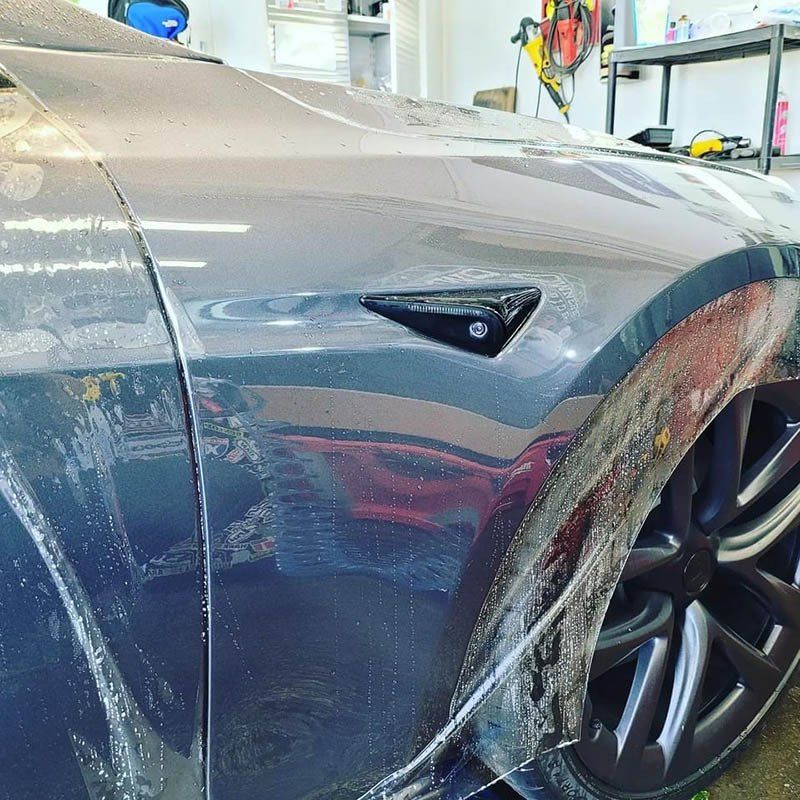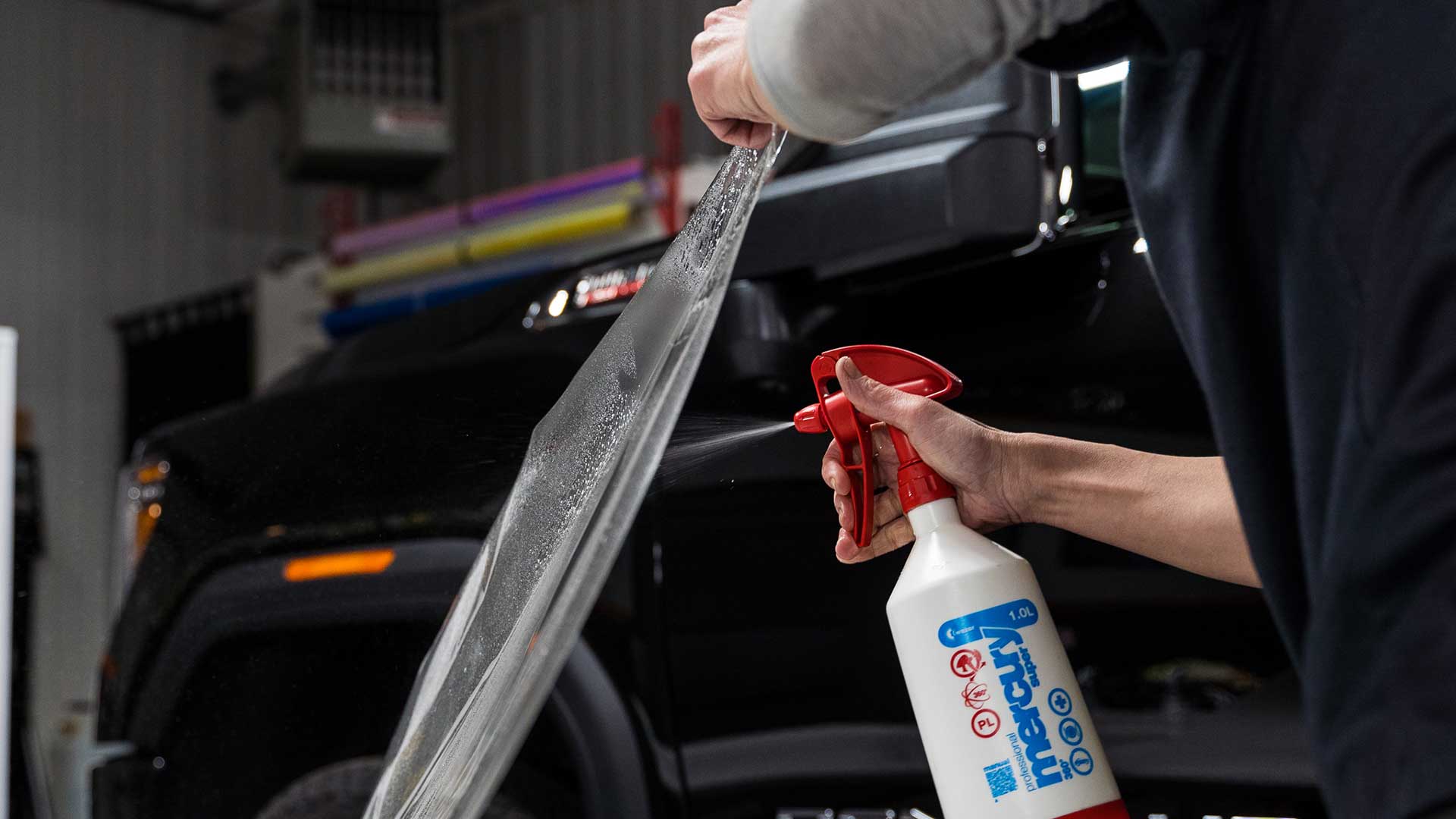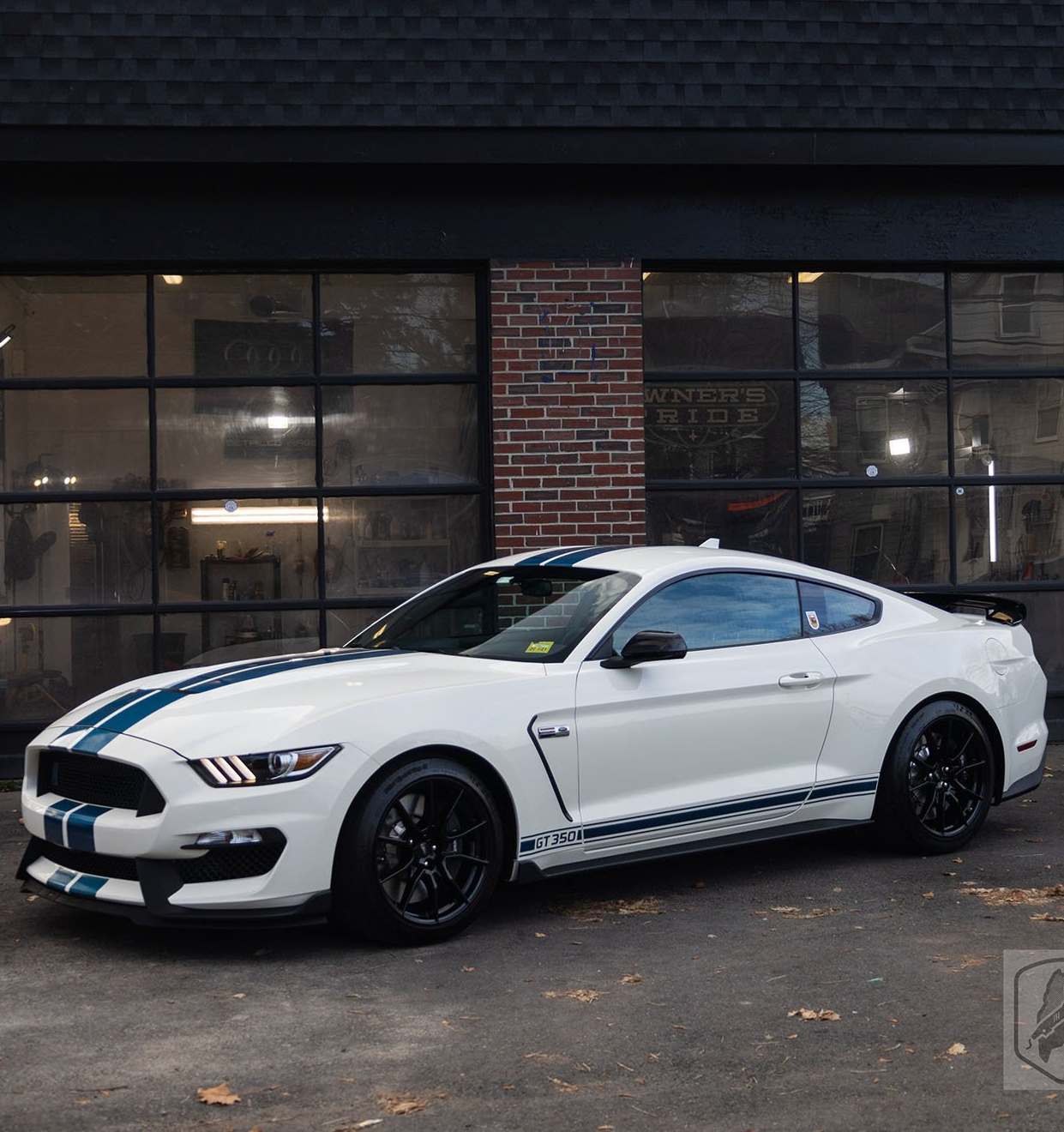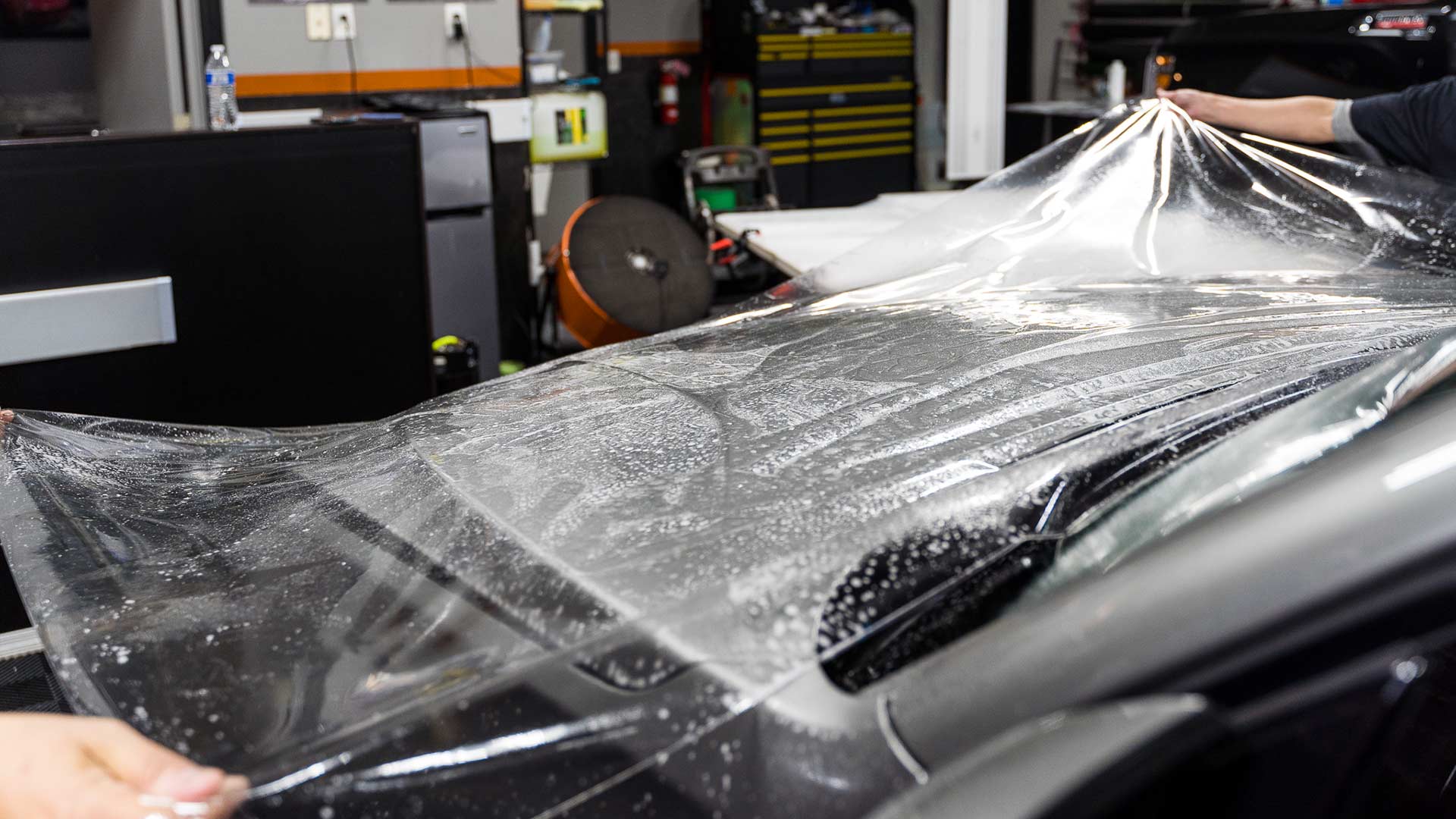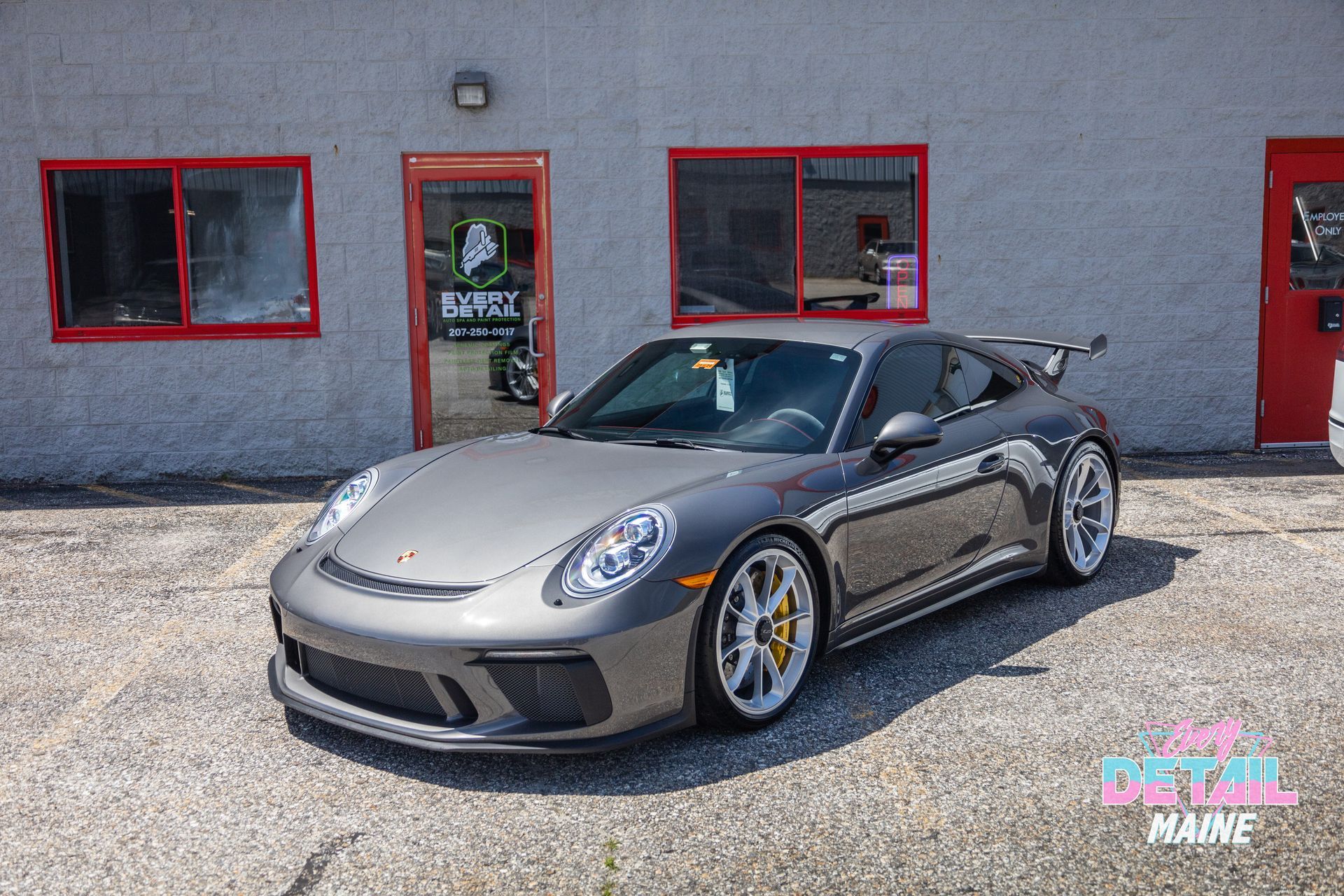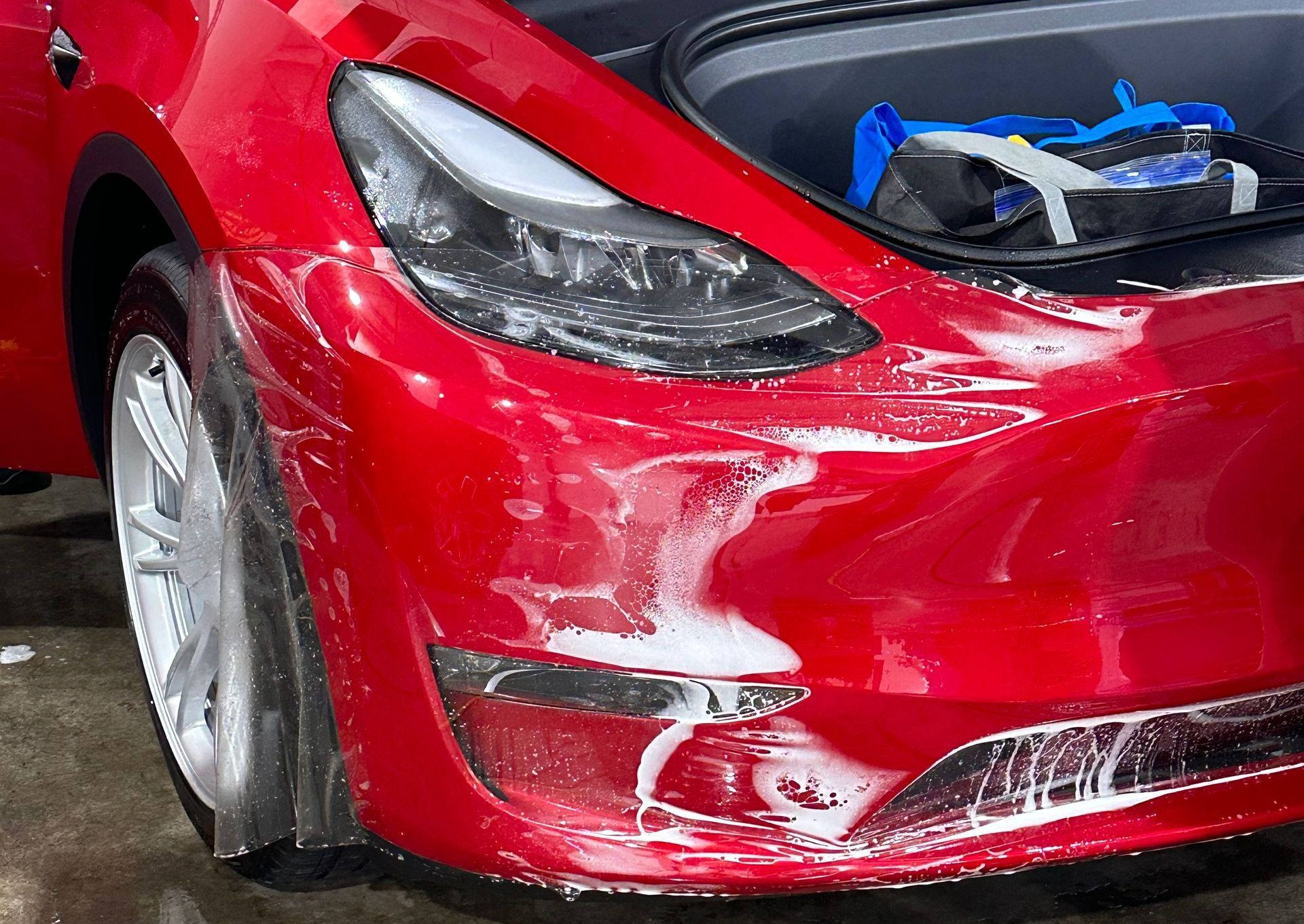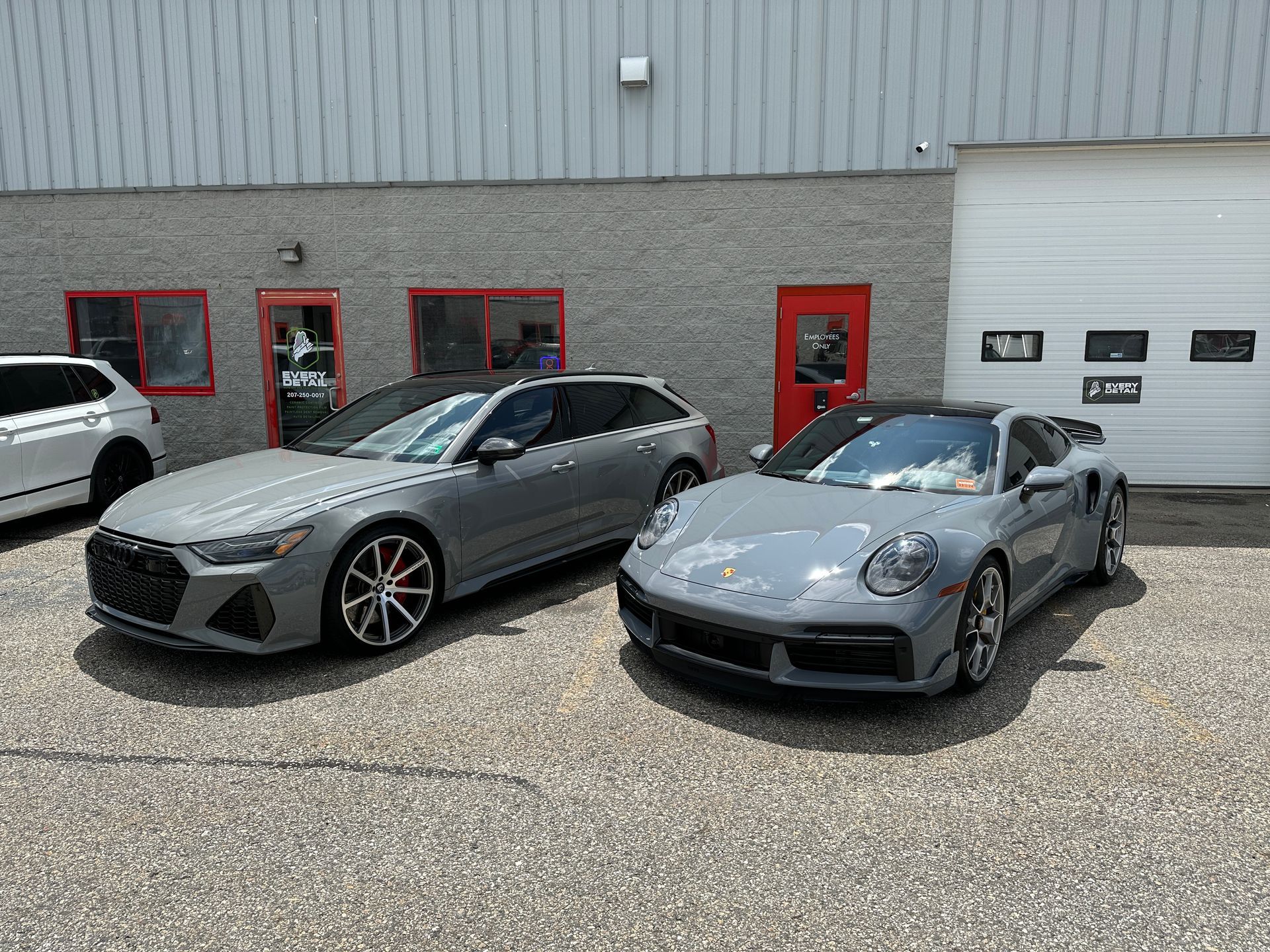High-Quality vs. Low-Quality PPF: Key Differences You Need to Know
When it comes to protecting your vehicle’s paint, paint protection film can be a valuable investment. High-quality PPF offers durable protection against chips, surface wear, and environmental elements, helping maintain a like-new finish over time. However, not all films deliver the same performance. This article outlines the key differences between premium and lower-grade PPF to help you make an informed decision and preserve your vehicle’s appearance for the long term.
High-quality PPF is typically made from superior materials like thermoplastic polyurethane (TPU), offering enhanced durability and self-healing properties, whereas low-quality films often utilize cheaper materials that may contain fillers, resulting in diminished performance.
Identifying Differences in PPF Quality
Not all PPF films are equal when it comes to protecting your vehicle's paint. The disparities between high-quality and low-quality options lie not just in their thickness or appearance but also in the materials that form the backbone of these films. High-quality PPF usually boasts advanced thermoplastic polyurethane, which is flexible and incredibly strong. This unique material significantly contributes to self-healing properties, thereby revolutionizing the maintenance of a pristine surface over time. In contrast, lower-grade films often compromise with cheaper plastics that can fail under pressure, leaving your car vulnerable to scratches and chips.
Key Quality Markers
One of the most crucial aspects for distinguishing the quality of PPF is thickness. Films in the range of 8 to 14 mils typically offer robust protection against physical wear and tear, while those thinner than 6 mils often fall short in defending against environmental hazards. Remember, a thicker film generally means enhanced durability, especially in high-wear areas such as the front bumpers or hoods. Clarity is another vital quality marker that should catch your attention. A top-notch PPF should remain nearly invisible on your vehicle, seamlessly blending with the paintwork. However, if you notice a film that seems hazy or begins to yellow over time, it might signal inferior materials being used, which could detract from your vehicle's aesthetic appeal.
Additionally, the adhesive quality cannot be overlooked. A high-quality PPF product will feature an advanced adhesive layer that ensures a robust bond while allowing for easy removal without sticky residue. Cheaper alternatives may struggle here; they could either fail to adhere properly or, worse yet, damage the underlying paint upon removal. Finally, consider the topcoat of the film. Superior PPF usually incorporates a self-healing topcoat that actively repairs minor scratches and swirl marks. Many low-quality products compromise their longevity and effectiveness against everyday wear by omitting this feature. By familiarizing yourself with these key markers of quality—thickness, clarity, adhesive strength, and topcoat characteristics—you empower yourself to make informed decisions regarding protection for your vehicle.
Materials Used in PPF
The backbone of any high-quality paint protection film lies in the materials used, most notably thermoplastic polyurethane (TPU). Renowned for its durability and flexibility, TPU offers significant advantages over lower-grade alternatives. When properly engineered, it provides self-healing properties that allow minor imperfections to vanish with heat exposure, whether from sunlight or the vehicle’s engine warmth. This advanced material acts as a resilient shield, protecting the vehicle from the rigors of daily driving. Consider the impact of gravel, road debris, or harsh weather—TPU-based PPF helps preserve the vehicle’s surface and appearance by absorbing these challenges, ensuring long-term protection and visual appeal.
Choosing the right PPF can be compared to selecting fabrics—high-quality TPU resembles luxurious silk: flexible, durable, and visually refined. Lower-grade alternatives, such as PVC or filler-blended TPU, are more akin to inexpensive polyester—adequate in appearance but lacking in performance and longevity. Beyond material quality, innovations in PPF technology have introduced advanced features such as graphene-infused coatings, which enhance gloss, hydrophobic properties, UV resistance, and heat dissipation. These advancements have transformed PPF into a high-performance solution that not only protects your vehicle but also maintains its aesthetic appeal. Understanding these factors is key to making an informed, long-term investment in your vehicle’s care.
Durability and Resistance
When it comes to paint protection film, durability and resistance are paramount. A primary concern for vehicle owners is how well the PPF will protect their paint over time. High-quality PPF undergoes rigorous testing to ascertain its protective capabilities. One notable test is known as the gravelometer test, which simulates the impact of gravel striking the film at various speeds and angles. Premium films consistently outperform their low-quality counterparts; they exhibit excellent abrasion resistance and maintain their integrity under duress. The performance of PPF can be largely attributed to the quality of materials used in its production. High-end PPFs have been engineered with sophisticated technology that provides self-healing properties, allowing micro-scratches from everyday use to vanish upon exposure to heat. This feature means that whether it's a sunny day parked outside or a heated moment while washing your car, the film has the innate ability to recover from surface blemishes.
Not only do premium films handle impact superbly, but they also excel in extreme environmental conditions. For instance, premium PPFs can withstand extreme conditions like -30°C cold conditioning scenarios or relentless UV exposure, which cheaper films often can't endure. Imagine driving through snow-laden streets or blazing sun—your vehicle's paintwork remains protected thanks to these resilient films. Industry leaders have documented extensive testing results showcasing that their advanced offerings can withstand such stress tests impeccably, making them a reliable option for those who live in harsh climates.
Resistance Tests
In addition to aggressive impact tests, high-quality PPFs are evaluated on other metrics such as yellowing resistance and chemical resistance. These characteristics ensure that the film protects against physical abrasions and chemically degrades less quickly than lower-tier alternatives. Many premium brands offer generous warranties ranging from 7 to 10 years, providing peace of mind that your investment is safeguarded for years. The decision between high-quality and low-cost PPF boils down to balancing upfront costs with long-term performance benefits. Opting for higher-grade PPF might seem like an added expense initially, but it pays off in durability and peace of mind down the road. Investing in robust protection means fewer worries about unique weather conditions or routine impacts damaging your vehicle's exquisite finish. A well-maintained exterior doesn’t just look great—it protects your underlying investment, ensuring your vehicle stays looking showroom fresh for years to come.
Aesthetic Impact on Vehicles
When we think of high-quality PPF, we often focus solely on its protective capabilities. However, let's not overlook how it transforms the overall aesthetics of a vehicle. High-quality PPFs not only shield the paint from scratches and chips, but they also enhance the car's finish, providing that glossy, showroom look. When applied properly, this film becomes almost invisible, allowing the original color and luster of the paint to shine through without any distractions. Think of it like an exquisite pair of sunglasses; they enhance your vision while protecting your eyes from harmful rays. In contrast, poor-quality PPF can lead to various aesthetic issues that impact how your vehicle is perceived. Low-quality films often come with a host of problems, including discoloration and a hazy appearance that can develop over time. Imagine investing in a beautiful new car only to have it marred by a dull-looking film that can make it appear neglected or cheap. It's clear that choosing the right PPF affects not just protection but also the vehicle's longevity and appeal.
Clarity and Gloss
One essential factor to consider when selecting a PPF is its clarity. High-quality PPF typically boasts a clarity rating of 99% or higher, ensuring that the vehicle’s original paint color remains vibrant and true to its factory finish. This level of transparency allows light to interact wonderfully with the paint beneath it, maintaining that deep, rich color that OEM manufacturers intended. On the other hand, low-quality films may have clarity ratings below 90%, significantly altering how the paint looks—sometimes leading to a muddy or distorted appearance. To further illustrate:
- High-Quality PPF: Maintains gloss levels exceeding 90 on the gloss meter scale, contributing to an attractive finish.
- Low-Quality PPF: Often scores below 70 on the gloss meter, resulting in an unsightly matte look that detracts from overall aesthetics.
As technology advances, so does the innovation in PPF formulations. Newer PPF products incorporate self-healing technologies and advanced top layers designed to resist environmental degradation better than older options. For instance, many modern products now utilize nano-refined topcoats, which offer enhanced flexibility along with improved scratch resistance, ensuring both durability and aesthetic appeal over time. If you're considering enhancing your ride, opting for such advanced options contributes to your car's protection and keeps it looking sensational. With these aesthetic factors considered, it's important to evaluate how they align with cost considerations when comparing choices in paint protection solutions.
Cost vs. Value Analysis
While the upfront cost of high-quality paint protection film might initially seem daunting—ranging from $500 to $2000—the long-term benefits can significantly outweigh that initial expenditure. Investing in high-quality PPF enhances your vehicle's aesthetic appeal and protects it against the elements that conspire to mar its finish. Imagine driving a car that maintains its showroom shine over years of use; that's the kind of return on investment high-quality PPF delivers.
Cost Considerations
Let's break down some pivotal factors you should consider when comparing high-quality and low-quality PPF:
- Initial Cost: The upfront cost for high-quality PPF is significantly higher compared to low-quality options. However, with quality comes reliability and enhanced performance, which can save you money in the long run.
- Lifespan: High-quality PPF typically lasts between 7 and 10 years, whereas low-quality films may only offer 2 to 5 years of protection. This disparity isn't just about longevity; it also involves how well they withstand various environmental stresses.
- Maintenance Required: Maintenance can become a hidden cost that many forget to factor in. Low-quality PPF often requires more frequent touch-ups or replacements, while premium films are designed for lower maintenance needs, freeing up your time and reducing ongoing costs.
- Aesthetic and Resale Value: Cars protected with high-quality PPF tend to retain their beauty and even their resale value better than those with low-cost options. In some cases, vehicles equipped with professional-grade protection can see a retention increase of 10-15% at resale—real savings when it's time to upgrade.
Purchasing high-quality PPF is similar to investing in a good pair of shoes—the upfront cost may be high, but the comfort and durability make it worthwhile. With these factors in mind, it becomes clear that focusing solely on cost as your decision-making criteria may lead you astray.
Making the Right Choice
When it comes to selecting the right paint protection film for your vehicle, approaching this process with careful consideration is vital. Start by identifying your needs and priorities. Ask yourself questions such as: What’s my budget? How often do I drive in harsh conditions like road debris or extreme weather? Understanding these factors will guide your choice significantly.
Steps to Decide
The first step involves evaluating your budget. While saving money is essential, investing in higher-quality PPF can save you more in the long run by preventing paint damage and reducing the need for future touch-ups. Think about the overall value you'll gain from protecting your vehicle's paint job. A film that lasts longer, like those made with thermoplastic polyurethane, might initially cost more but can last anywhere from 5 to 10 years compared to lesser-quality films, which typically struggle to reach even three years. Also, consider how exposed your vehicle will be to harsh environments. For example, if you frequently navigate rocky roads or live in an area where road salt and aggressive weather are common, opting for thicker PPF—such as 10 or 14 mil—will provide superior protection against chipping and fading.
Your car isn't just a means of transportation; it's an investment that deserves proper care. Aesthetics also matter; maintaining the appearance of your vehicle enhances its resale value and makes driving it a more enjoyable experience. By harmonizing these various aspects—cost, longevity, environmental exposure, and aesthetic desire—you position yourself to make a well-rounded decision regarding PPF selection. Gather information on different PPF brands and their unique features. Look into established brands that have solid reputations for durability and performance backed by extensive testing standards. Pay attention to specific measurements like thickness (measured in mils), ensuring you choose a film that aligns with your protective needs. Remember—protection against environmental hazards is just as important as how each film appears on your vehicle's exterior!
Ultimately, prioritizing high-quality PPF means ensuring both lasting preservation and aesthetic appeal. Your ride deserves this level of commitment.
Premium PPF Services in Portland, ME
At Every Detail, we understand that your vehicle is a reflection of your standards—and protecting it shouldn't be left to chance. Our
top-tier paint protection film services in Portland, ME, are designed to shield your car from rock chips, road debris, and the everyday wear that comes with New England driving. With expert installation and precision-cut film, we help preserve your vehicle’s pristine finish while maintaining its showroom quality. Ready to give your car the defense it deserves?
Schedule your PPF service with Every Detail today to maintain the best possible appearance for your investment over time.



